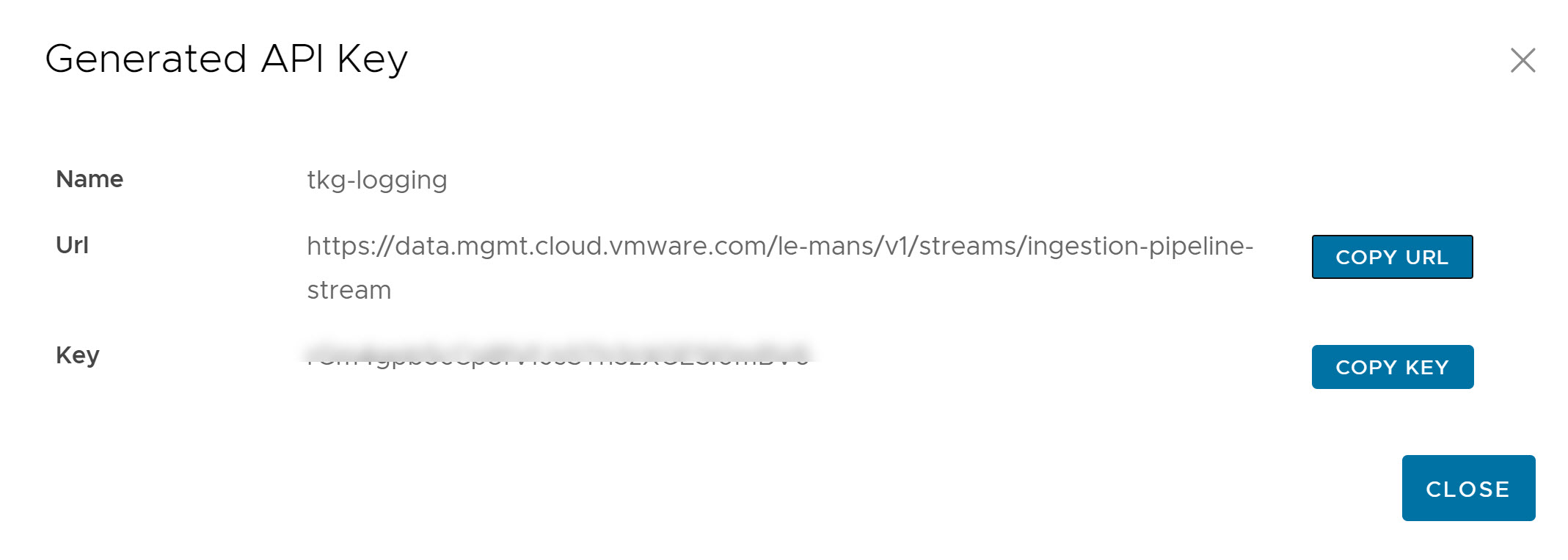Monitoring is one of the most important aspects of a production deployment. Logs are the savior when things go haywire in the environment, so capturing event logs from the infrastructure pieces is very critical. Day-2 operations become easy if you have comprehensive logging and alerting mechanism in place as it allows for a quick response to failures in infrastructure.
With the increasing footprint of K8 workloads in the datacenter, centralized monitoring for K8 is a must configure thing. The application developers who are focused on developing and deploying containerized applications are usually not well versed with backend infrastructure.
So if a developer finds any errors in the application logs, they might not find out that the issue is causing because of an infrastructure event in the backend, because centralized logging is not in place and infrastructure logs are stored in a different location than the application logs.
The application and infrastructure logs should be aggregated so that it’s easier to identify the real problem that’s affecting the application.
Logging Forwarding for Tanzu Kubernetes Grid
Log Processing and Forwarding in Tanzu Kubernetes Grid is provided via Fluent Bit which is available as TKG Extensions and allows you to gather logs from TKG Management and Workload clusters and forward the logs to the supported destinations including:
- Elastic Search
- Kafka
- Splunk
- HTTP Endpoint ( eg vRealize Log Insight)
- Syslog
This post is focused on demonstrating log forwarding from TKG to vRealize Log Insight Cloud.
It’s time to jump into the lab and see things in action.
Step 1: Configure vRealize Log Insight Cloud
Before you can configure your TKG instance to send logs to vRealize Log Insight Cloud, you need to create an API Key which the log forwarders will use to authenticate against the vRLI Cloud instance.
To generate a new API key, login to the vRLI Cloud instance through the VMware Cloud Console portal and navigate to Configuration > API Keys and click on New API Key.
Provide a name for the API key and click on Create button.
Once the API key is generated, a URL and API key is displayed on the screen. Make a note of both the items as you will need them when configuring Fluent-Bit in later steps.
Step 2: Install Carvel Tools
Before installing the Fluent Bit extensions, ensure that you have met the following prerequisites:
- TKG Workload cluster is deployed.
- ytt is installed.
- kapp is installed
- cert-manager is installed on workload cluster
2.1: Download TKG Extensions from Here
2.2: Upload the TKG Extension tar file on the machine from where you are managing your TKG clusters.
2.3: Extract the extension file using tar or a similar extraction tool
|
1 |
# tar -xzf tkg-extensions-manifests-v1.3.1-vmware.1.tar |
Note: Instructions for installing ytt & kapp is documented Here
2.4: Install Cert Manager on Workload cluster
Switch to the TKG workload cluster context and run the below commands to install the cert-manager extension.
|
1 2 3 4 5 6 7 8 9 10 |
# cd tkg-extensions-v1.3.1 # kubectl apply -f cert-manager/ # kubectl get pods -n cert-manager NAME READY STATUS RESTARTS AGE cert-manager-7c58cb795-jw7mk 1/1 Running 0 2m38s cert-manager-cainjector-765684c9d6-qgcw9 1/1 Running 0 2m38s cert-manager-webhook-ccc946479-gnbvh 1/1 Running 0 2m37s |
Step 3: Deploy fluent-bit extension on Workload cluster
3.1: Create fluent-bit namespace
|
1 2 3 |
# cd ~/tkg-extensions-v1.3.1/extensions/logging/fluent-bit/ # kubectl apply -f namespace-role.yaml |
The above command will create a fluent bit namespace, a service account, and necessary role bindings
|
1 2 3 4 5 6 |
namespace/tanzu-system-logging created serviceaccount/fluent-bit-extension-sa created role.rbac.authorization.k8s.io/fluent-bit-extension-role created rolebinding.rbac.authorization.k8s.io/fluent-bit-extension-rolebinding created clusterrole.rbac.authorization.k8s.io/fluent-bit-extension-cluster-role created clusterrolebinding.rbac.authorization.k8s.io/fluent-bit-extension-cluster-rolebinding created |
3.2: Prepare the yaml file for fluent bit deployment
Copy ‘<LOG_BACKEND>/fluent-bit-data-values.yaml.example’ to ‘<LOG_BACKEND>/fluent-bit-data-values.yaml’
Note: vRLI is configured as HTTP endpoint in the fluent bit configuration, so the corresponding command is:
|
1 |
# cp http/fluent-bit-data-values.yaml.example http/fluent-bit-data-values.yaml |
3.3: Configure fluent-bit data values
Modify the http/fluent-bit-data-values.yaml file as shown below
|
1 2 3 4 5 6 7 8 9 10 11 12 13 14 15 |
--- logging: image: repository: projects.registry.vmware.com/tkg tkg: instance_name: "tkg13-mgmt" cluster_name: "tkg13-wld01" fluent_bit: output_plugin: "http" http: host: "data.mgmt.cloud.vmware.com" port: "443" uri: "/le-mans/v1/streams/ingestion-pipeline-stream" format: "json" header_key_value: "Authorization Bearer XXXXXXXXXX" |
Where instance name is the name of the management cluster and the cluster name is the workload cluster where you are installing fluent bit extension.
Authorization Bearer is the API key that you have generated from the vRLI Cloud instance. Point the host entry to ‘data.mgmt.cloud.vmware.com’
3.4: Create a secret for your log backend
|
1 |
# kubectl create secret generic fluent-bit-data-values --from-file=values.yaml=http/fluent-bit-data-values.yaml -n tanzu-system-logging |
3.5: Deploy fluent-bit extension
|
1 |
# kubectl apply -f fluent-bit-extension.yaml |
3.6: Retrieve the status of fluent-bit extension
|
1 |
# kubectl get app fluent-bit -n tanzu-system-logging |
### Output ###
|
1 2 |
NAME DESCRIPTION SINCE-DEPLOY AGE fluent-bit Reconcile succeeded 3m10s 4m8s |
Note: Fluent Bit app status should change to ‘Reconcile Succeeded’ once fluent-bit is deployed successfully
Step 4: Verify that the vRLI Cloud instance is receiving logs from the workload cluster
You can run queries against the logs and save the search queries and build intelligent dashboards on top of that.
And that’s it for this post. I hope you enjoyed reading this post. Feel free to share this on social media if it is worth sharing.




